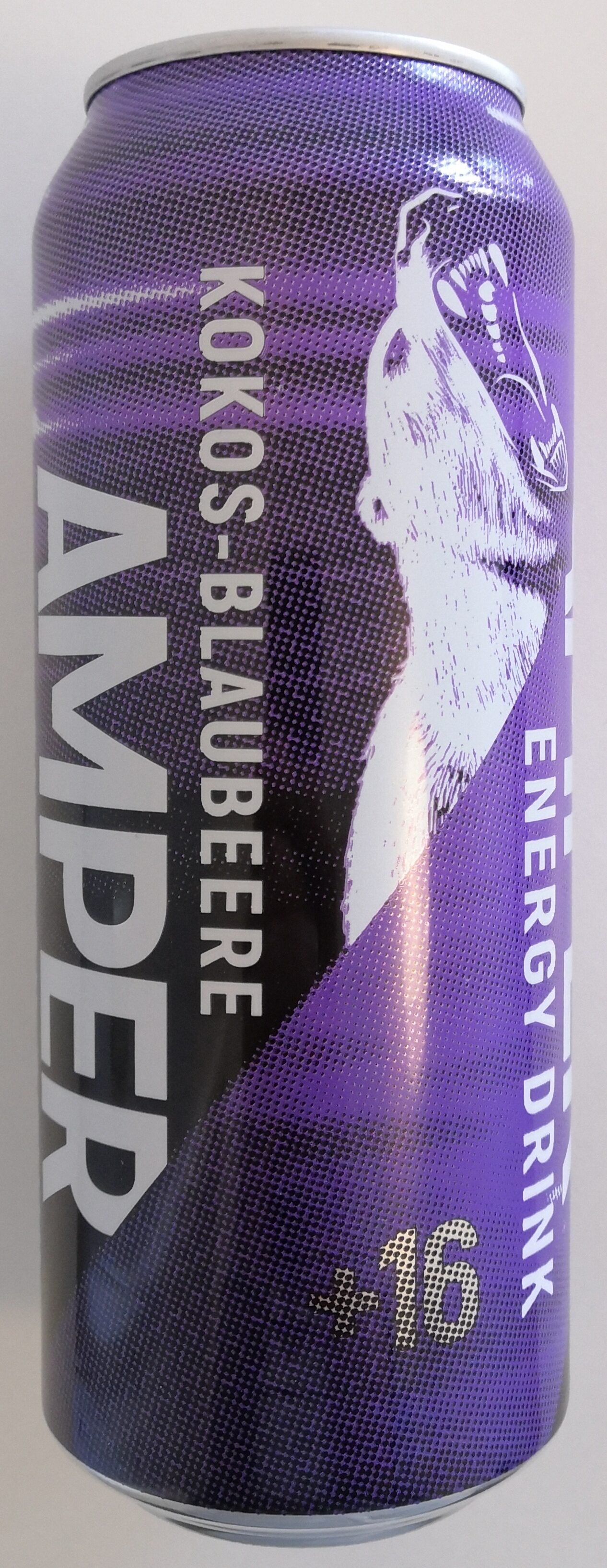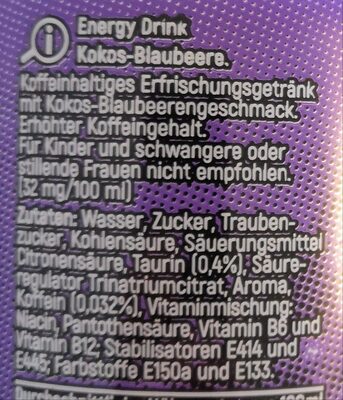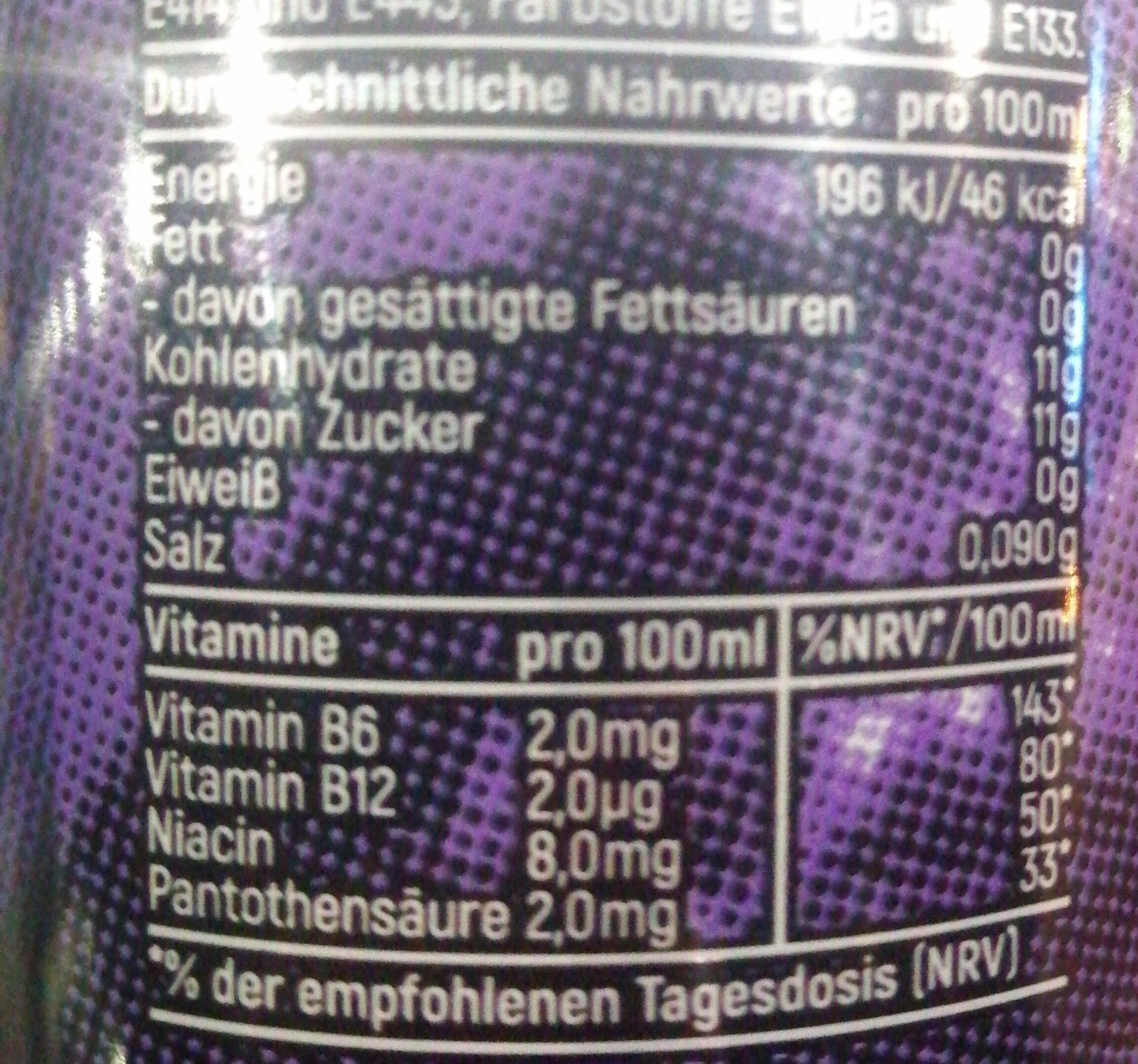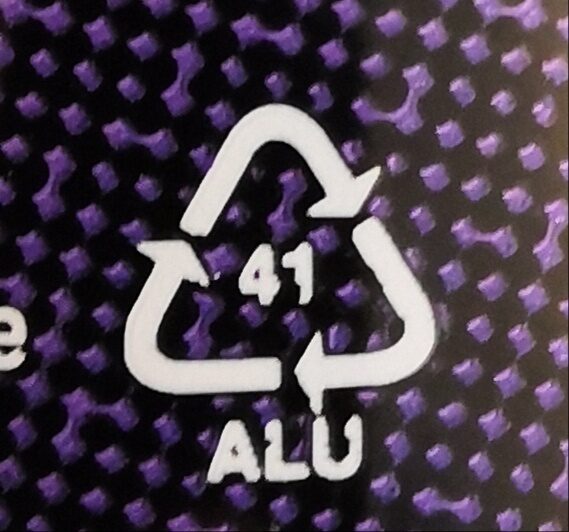Amper Energy Drink Kokos Blaubeere - 500 ml
Barcode: 4015042111481 (EAN / EAN-13)
Quantity: 500 ml
Packaging: Can
Brands: Amper, Darguner Brauerei
Categories: Beverages, Energy drinks
Origin of ingredients: Germany, Mecklenburg-Vorpommern
Manufacturing or processing places: Dargun
Stores: NETTO
Countries where sold: Germany
Matching with your preferences
Report a problem
Data sources
Product added on by mordlicht
Last edit of product page on by predatorix.
Product page also edited by ecoscore-impact-estimator, openfoodfacts-contributors, packbot.
If the data is incomplete or incorrect, you can complete or correct it by editing this page.












